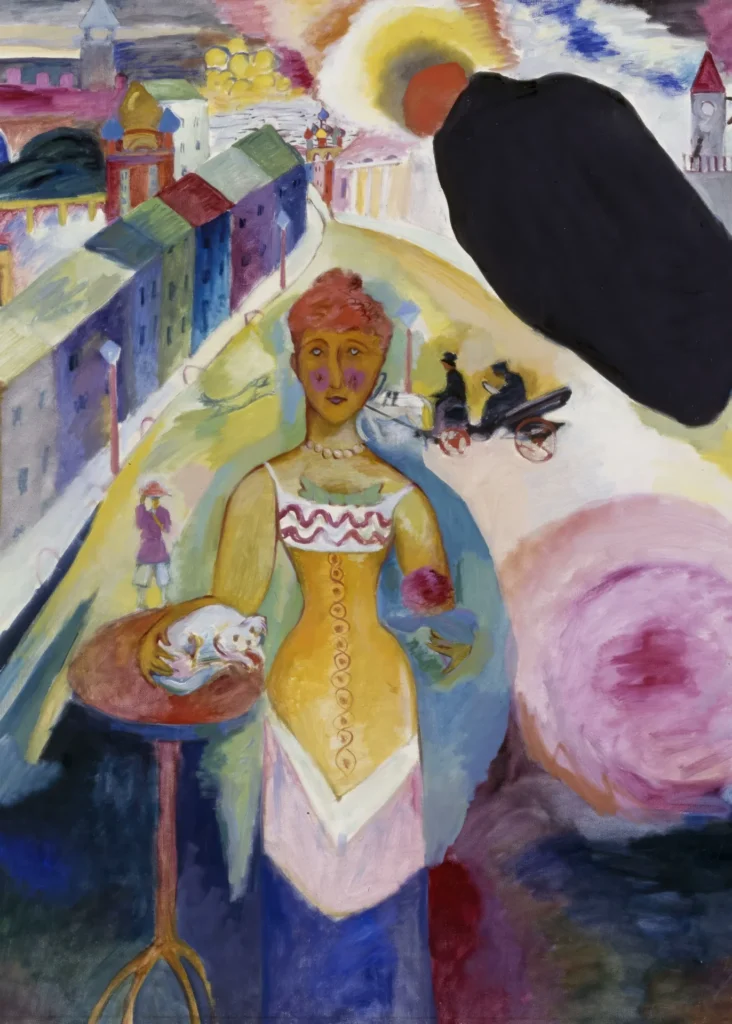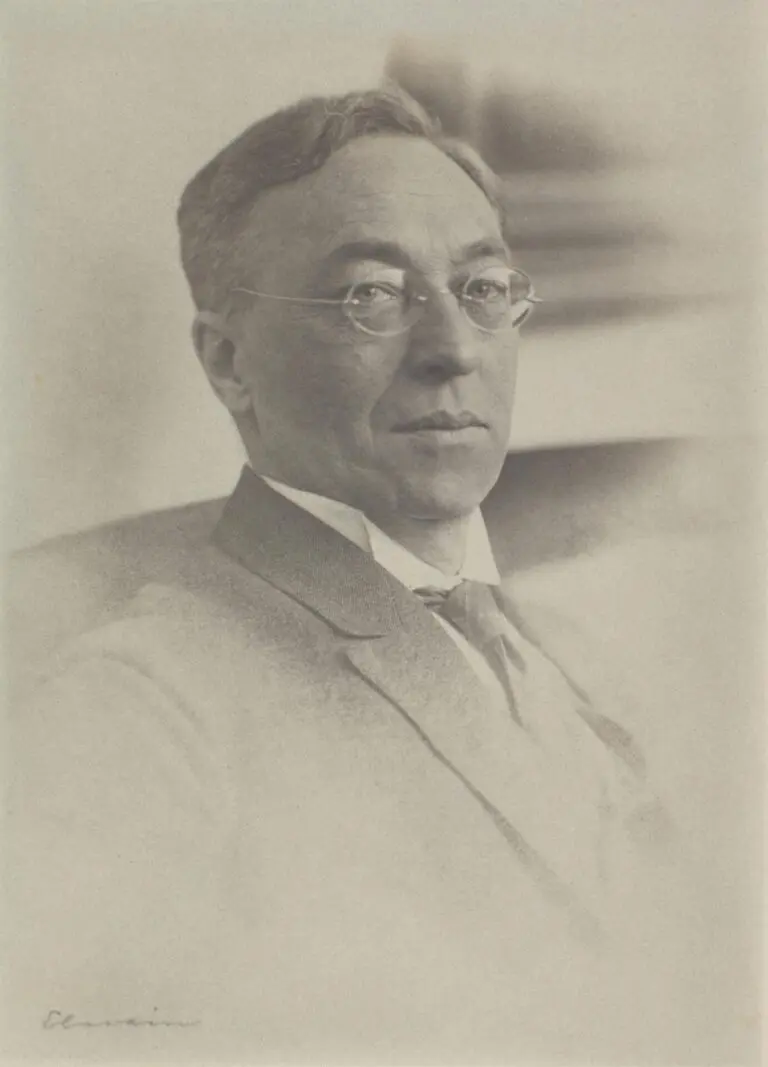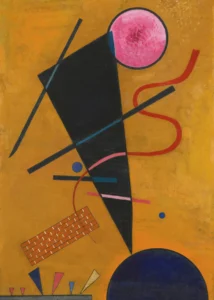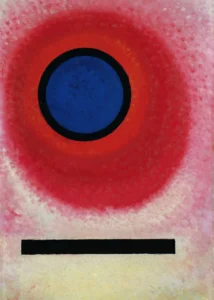Lady in Moscow (1912)
Lady in Moscow. painted by Wassily Kandinsky in 1912 while he was in Munich, is an exemplary work within the Expressionism movement. This striking oil on canvas composition measures 48.5 x 69.5 cm and features a harmonious integration of abstract elements intertwined with realistic portrayals. The vibrant palette contributes to its dynamic character, making it a pivotal reference point within 20th-century art history.
Year 1912
About the Artwork
The creation of Lady in Moscow marks a transformative period for Wassily Kandinsky, as he navigated the convergence of abstraction and realism. Painted during his time in Munich, this work reflects his personal and artistic journey, showcasing vibrant colors and layered textures that evoke emotional depth. Kandinsky's exploration of new styles in this period contributed significantly to the development of Expressionism, laying the groundwork for future artistic movements. The painting captures a sense of both nostalgia and forward-thinking innovation, reminiscent of his reflections on identity and culture, particularly concerning his Russian heritage.
Did You Know
Liked what you see? Add it to your collection.
Enjoyed reading? Share it.
... continued
Date and Location
The painting was created in 1912 while Kandinsky was in Munich, Germany.
Style and Genre
Lady in Moscow is classified under the Expressionism style and falls within the genre of allegorical painting.
Medium and Dimensions
The painting is executed in oil on canvas and measures 48.5 x 69.5 cm (19.1 x 27.4 inches).
Location
The original painting is housed at the Städtische Galerie im Lenbachhaus in Munich, Germany.
Characteristics
The work reflects Kandinsky's experimentation with both abstract and real styles, blending associations from both modes. The prevailing colors in the painting are vivid, and the composition has a portrait-like shape.










